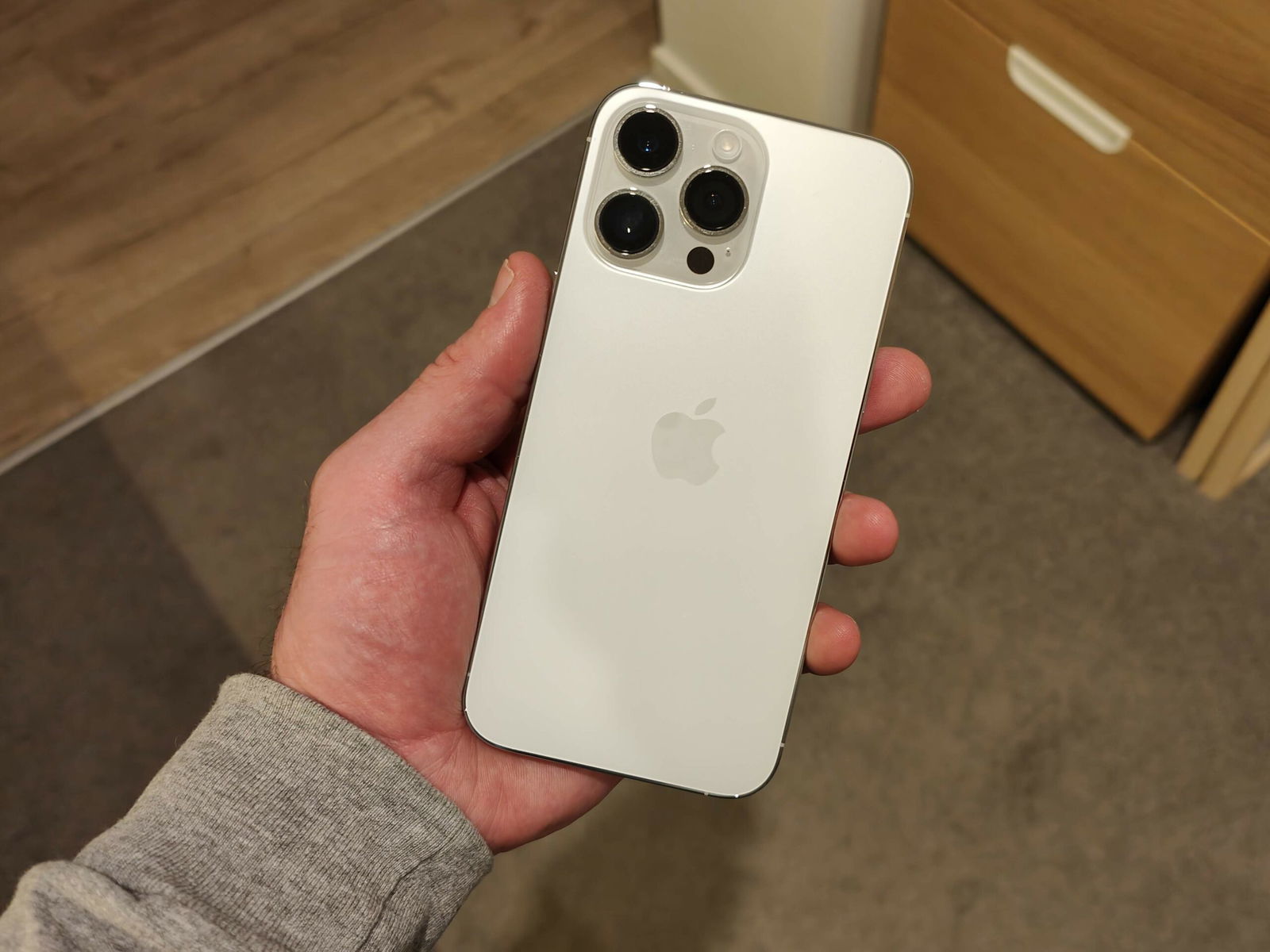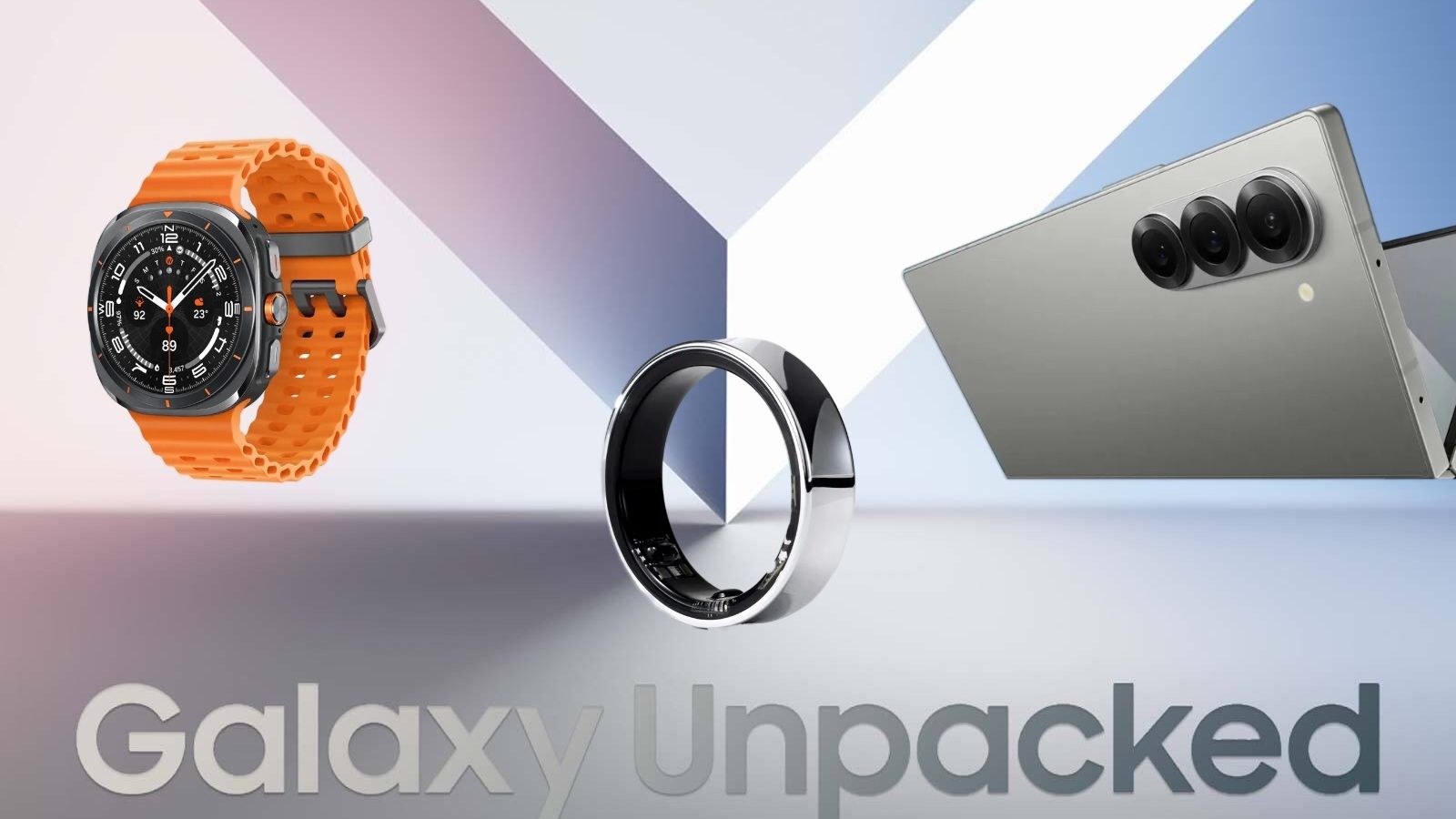Report: Tony Fadell, Co-Inventor of iPod, Surfaces as Possible Contender for Apple CEO Role
### New Report Provides Insight into Potential Successors for Apple CEO
As discussions heat up regarding Tim Cook’s future retirement from his position as CEO of Apple, a new report explores possible successors, spotlighting various candidates and the underlying dynamics within the organization. The report, written by Aaron Tilley and Wayne Ma for *The Information*, examines the ramifications of recent changes in leadership at Apple, including the exits of key executives such as John Giannandrea, Alan Dye, Lisa Jackson, and Katherine Adams.
#### The Succession Scenario
The changes in Apple’s executive team have sparked intensified conversations about Cook’s future. Among the mentioned candidates, one particularly notable figure is Tony Fadell, a previous Apple hardware executive and co-creator of the iPod. As per sources, Fadell has shown interest in the CEO role, suggesting he would consider a return to Apple. Nonetheless, views on his candidacy vary, with some insiders considering him a divisive figure due to his earlier time at the company, which concluded in 2010.
Fadell’s advocates argue that his entrepreneurial drive and background—especially as the co-founder of Nest, sold to Google for $3.2 billion—could introduce a refreshing approach to Apple. They assert that a shift in leadership could be advantageous for the company, particularly from someone with a strong vision for products.
#### Other Possible Contenders
While Fadell’s name stands out, the report also identifies John Ternus, Apple’s current hardware lead, as a leading candidate for the CEO position. However, there are doubts regarding Ternus’s preparedness for such a prominent role, leading some to contemplate that an announcement about succession may not be on the immediate horizon.
#### Reactions from the Industry
The speculation regarding Apple’s leadership change mirrors broader apprehensions about the company’s trajectory amidst considerable executive departures. Analysts and industry watchers are closely monitoring who will ultimately take over for Cook, especially considering the hurdles Apple faces in preserving its innovative prowess.
Despite the excitement, some commentators, including those from 9to5Mac, voice skepticism regarding the thoroughness of the report’s findings. They highlight that much of the speculation surrounding Fadell is anchored in informal conversations rather than solid proof from within Apple, making it challenging to evaluate the practicality of his candidacy.
### Conclusion
As Apple traverses a period of considerable transformation, dialogue about its forthcoming CEO is likely to heat up. The possible return of Tony Fadell introduces an intriguing element to the story, but until more concrete information surfaces, the company’s future leadership remains ambiguous. The tech community will be attentive as events develop in the upcoming months.
Read More







